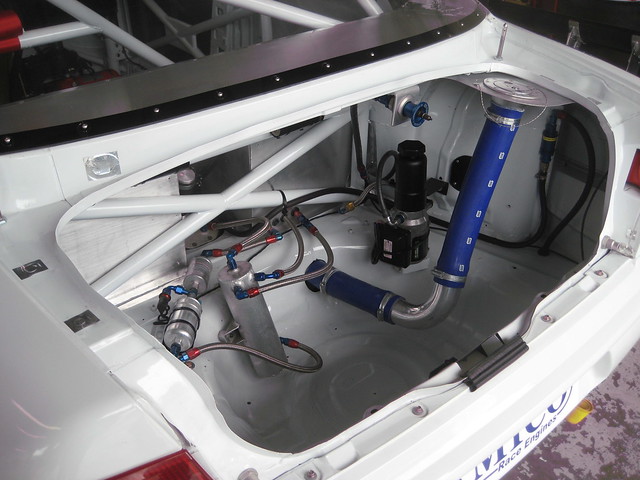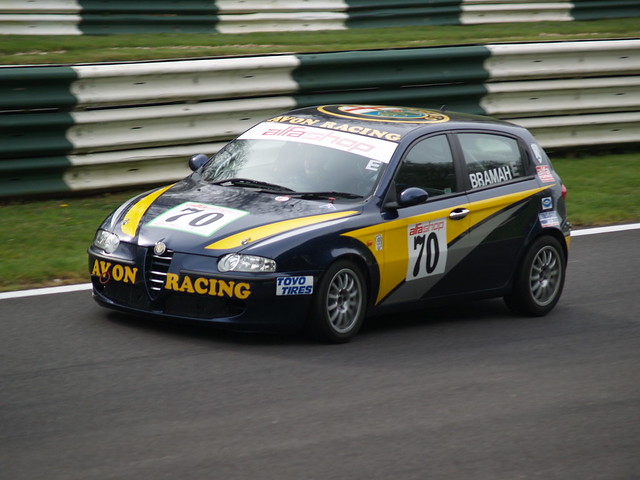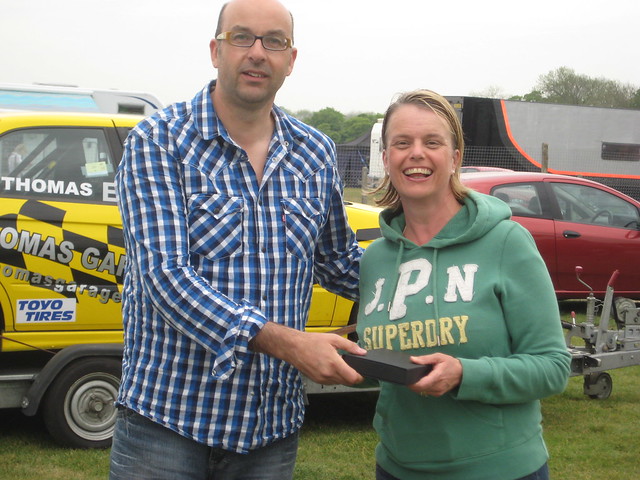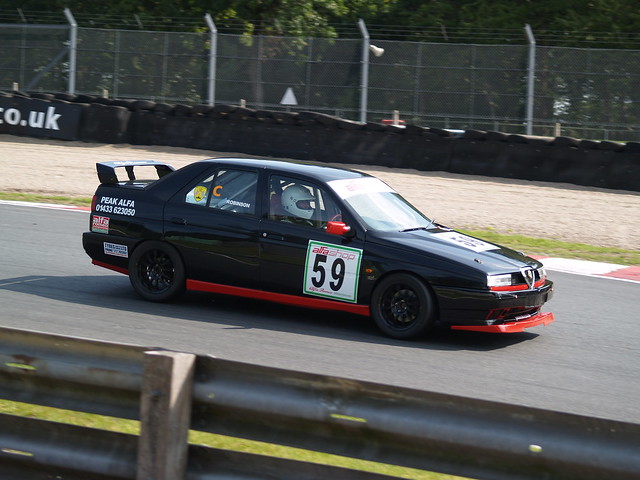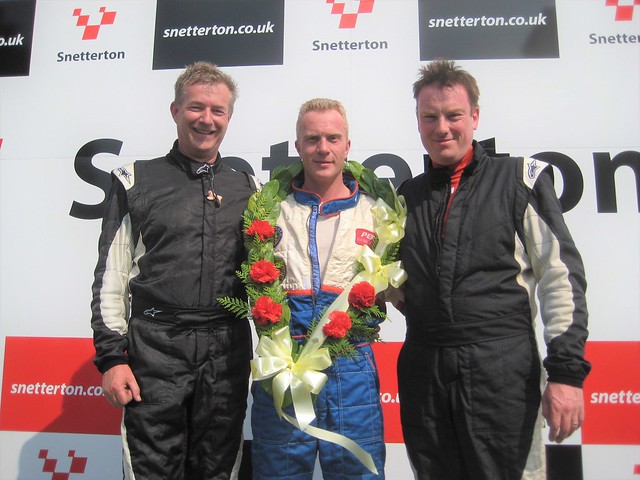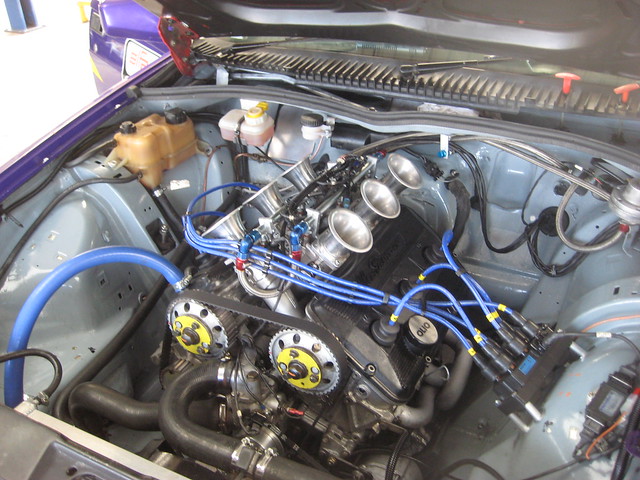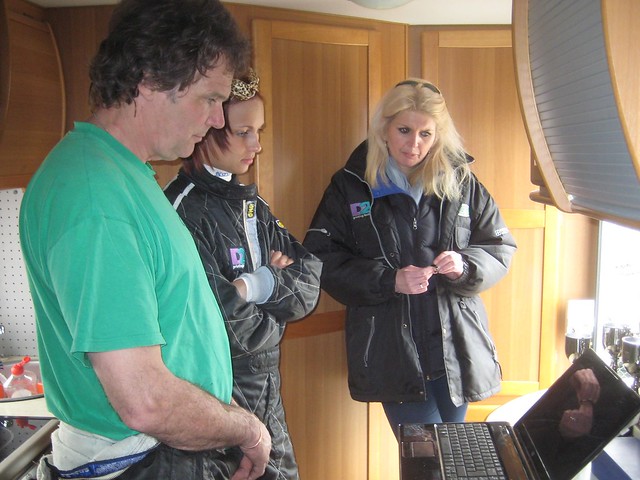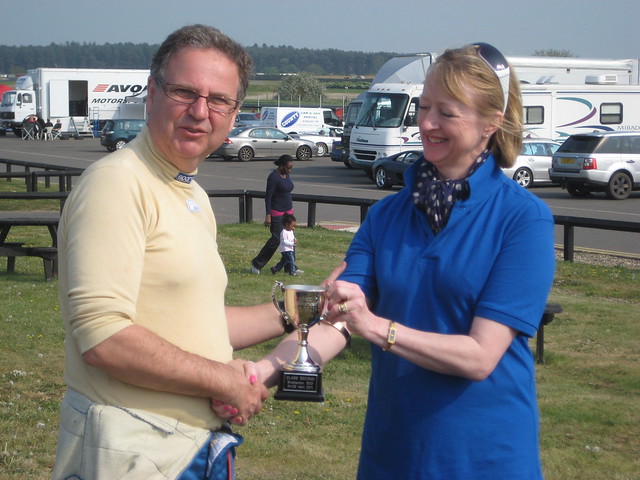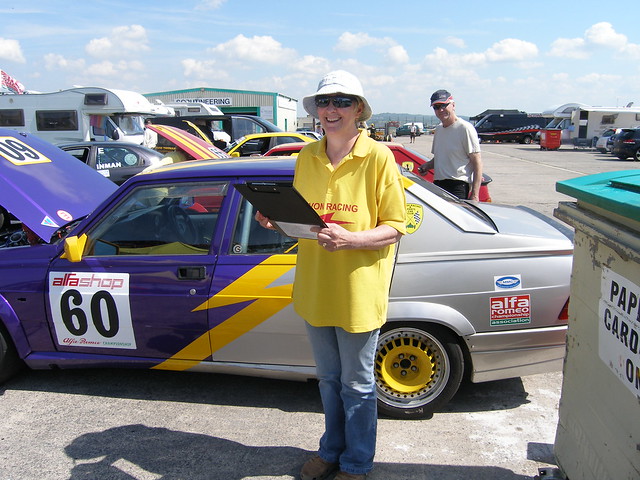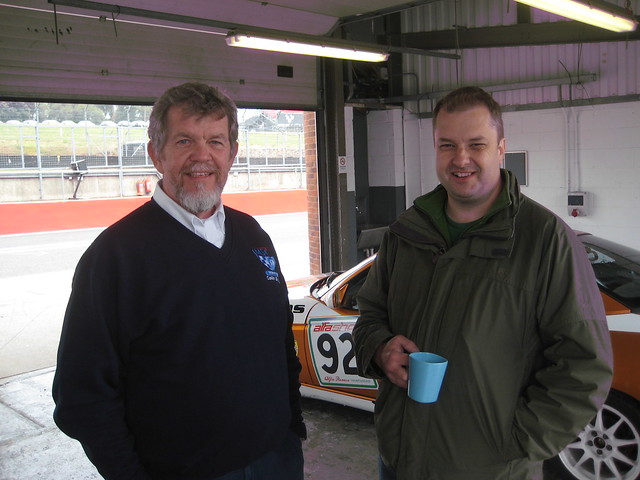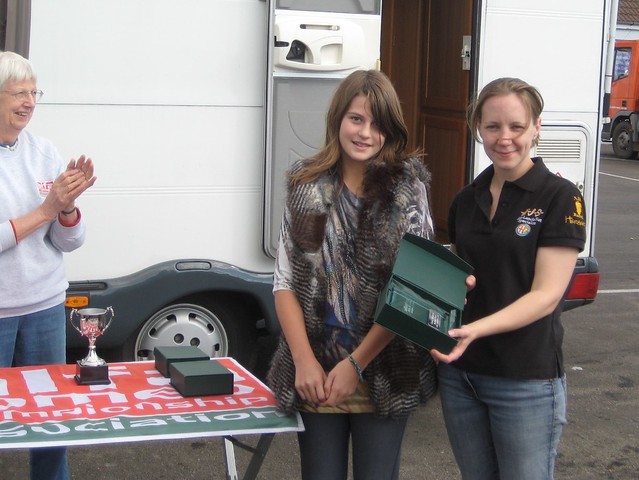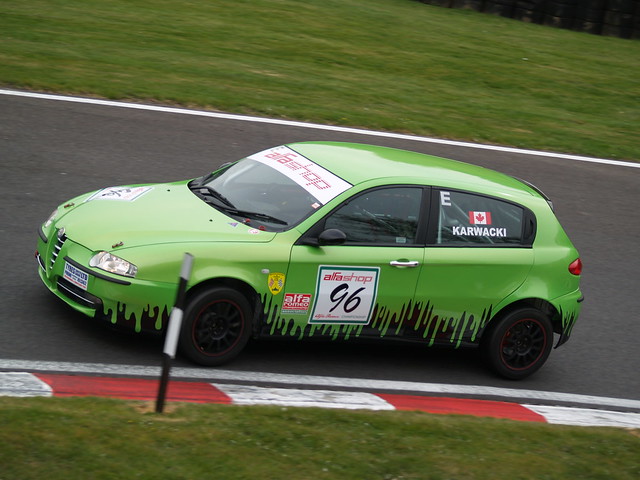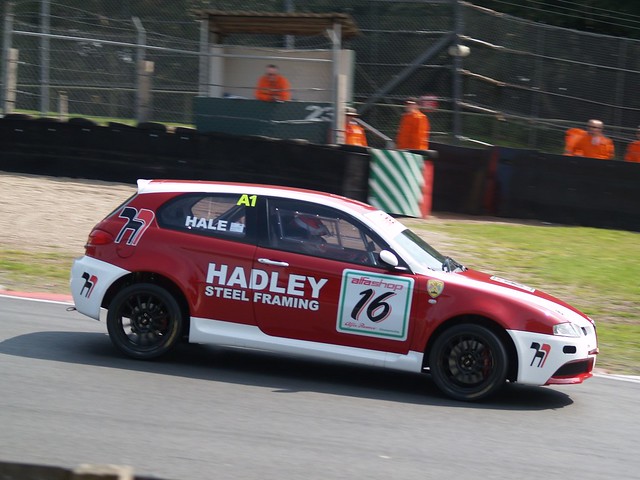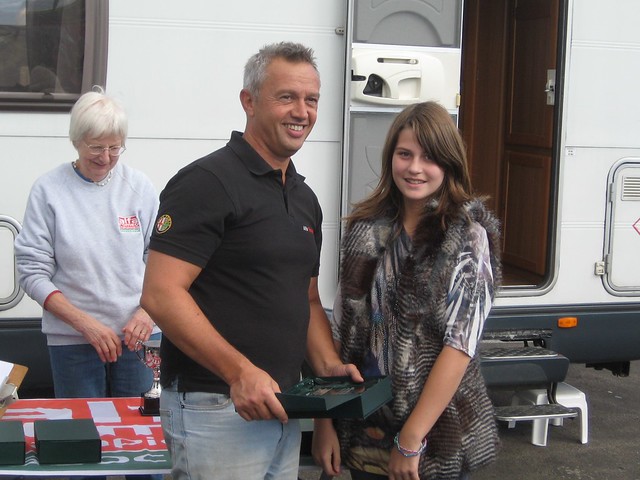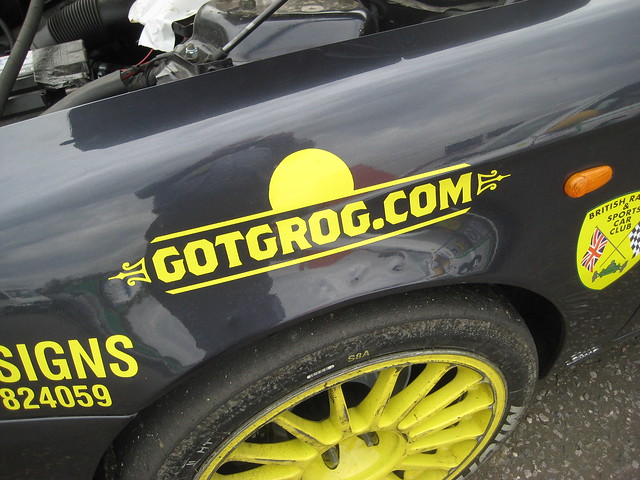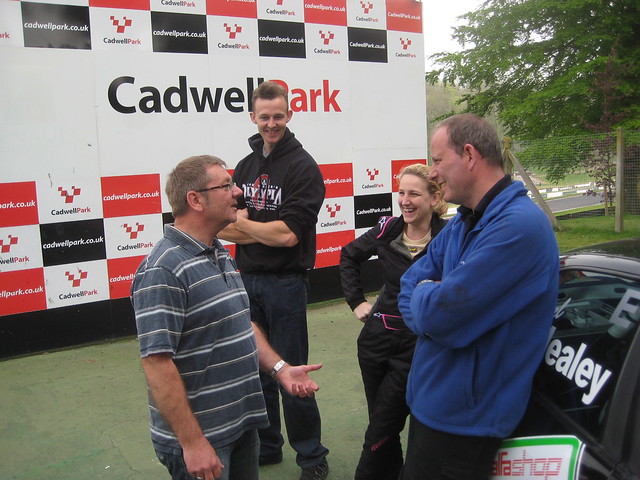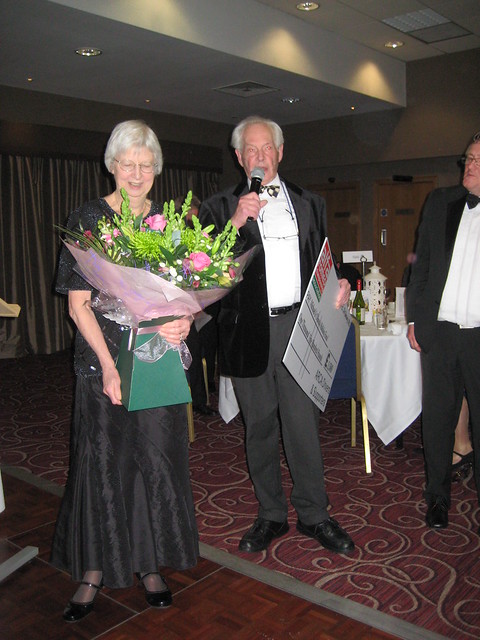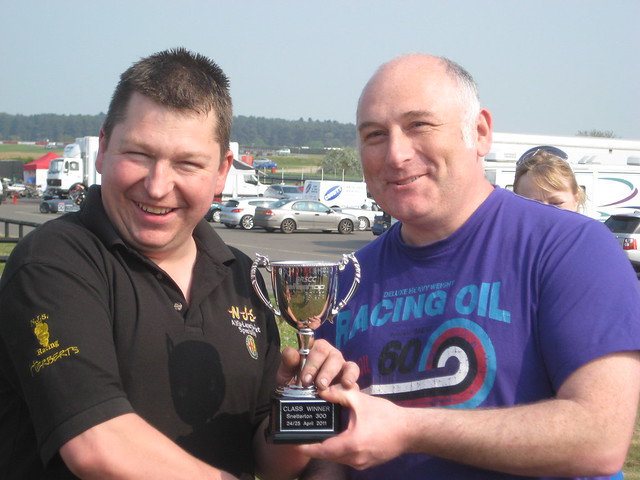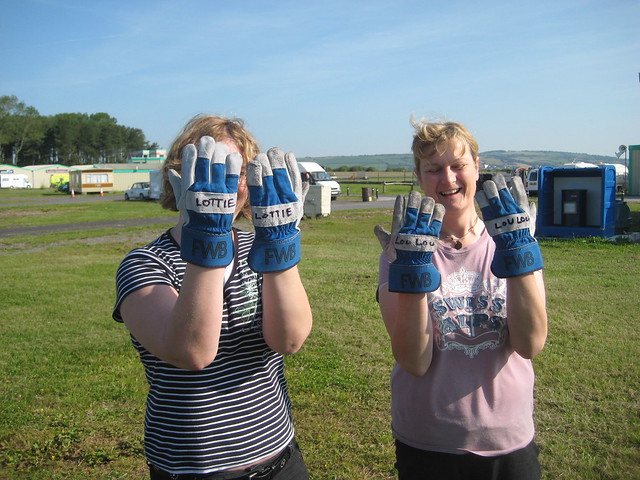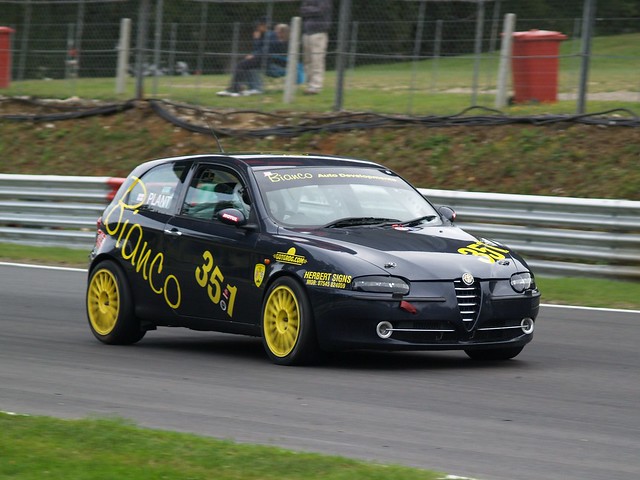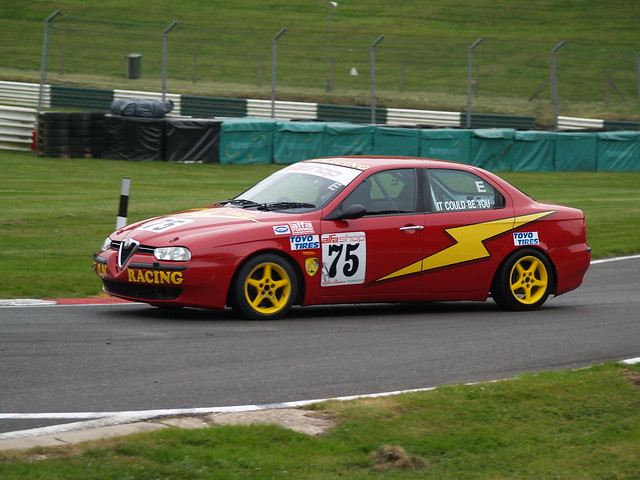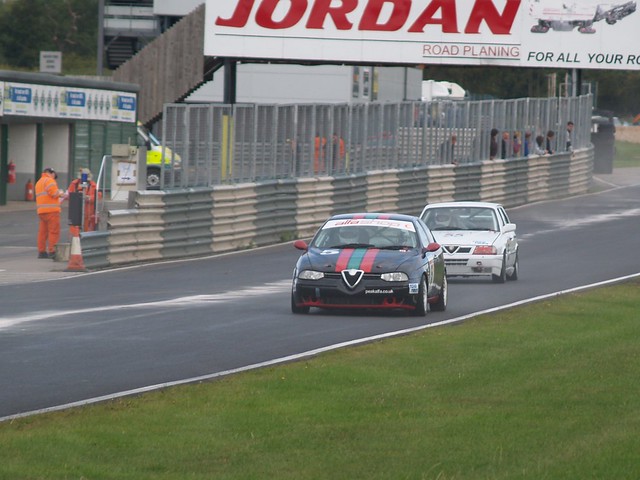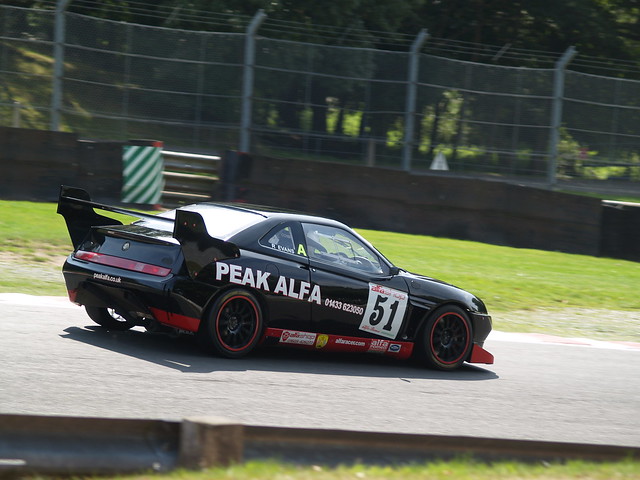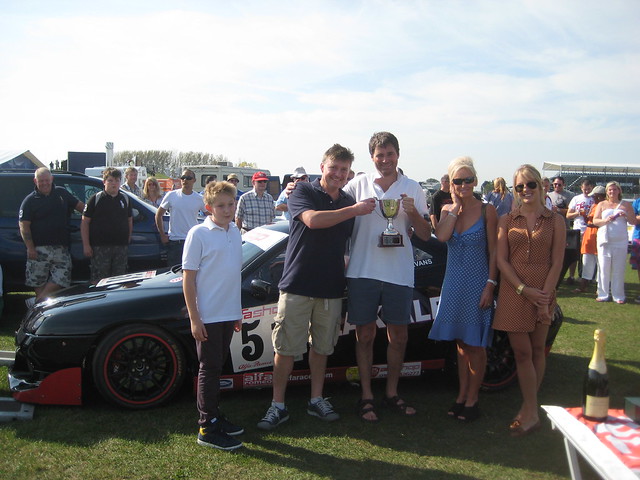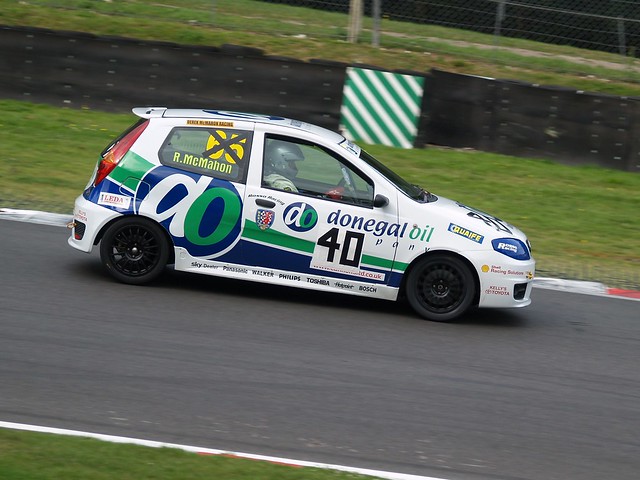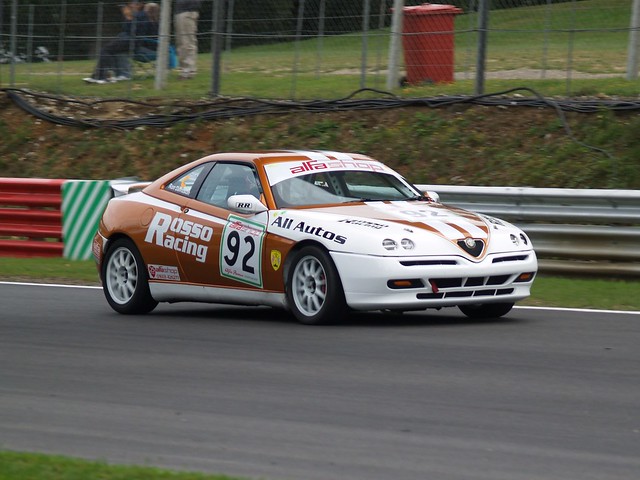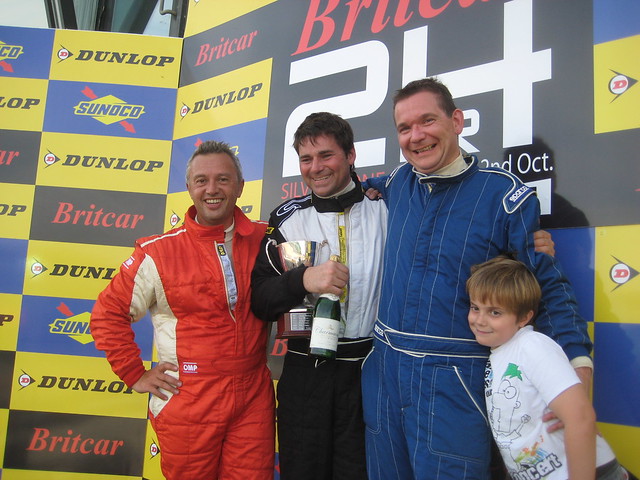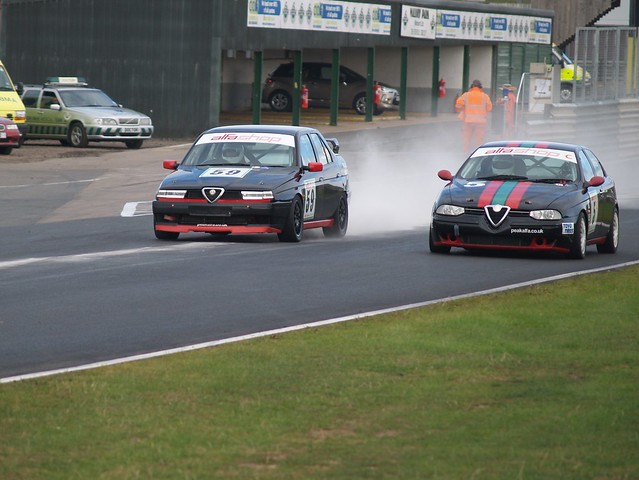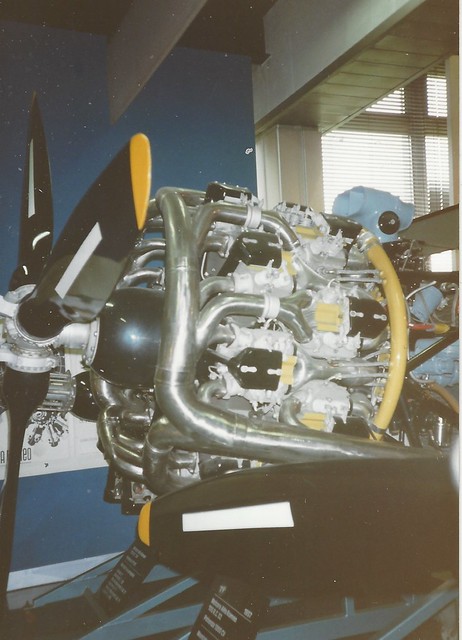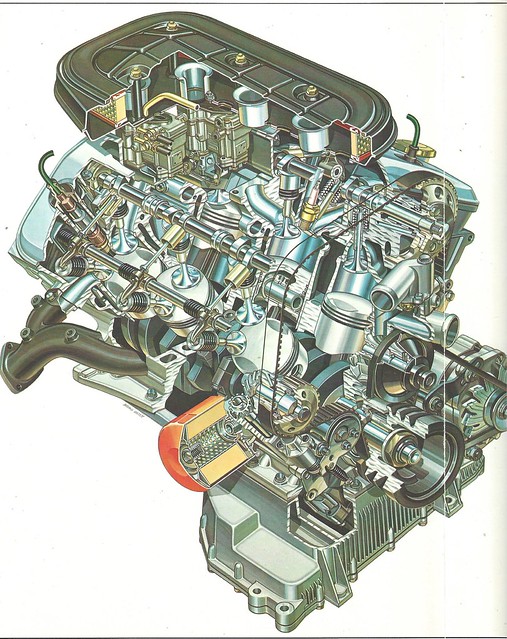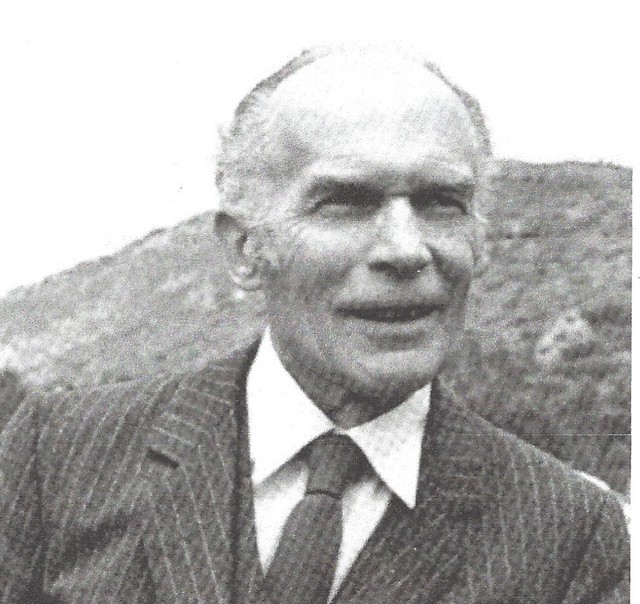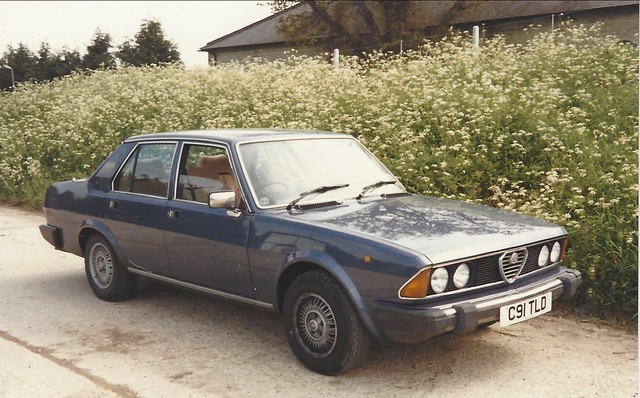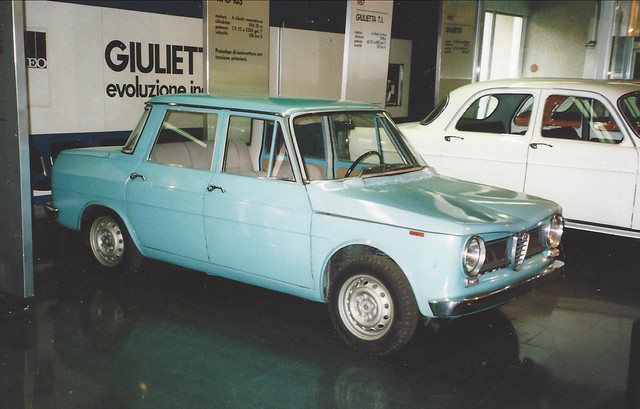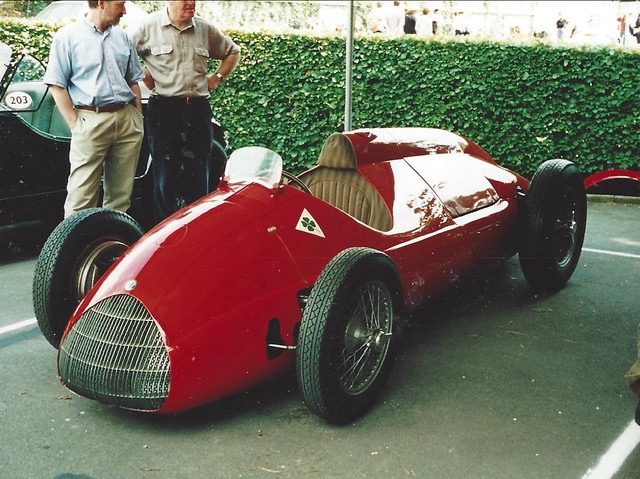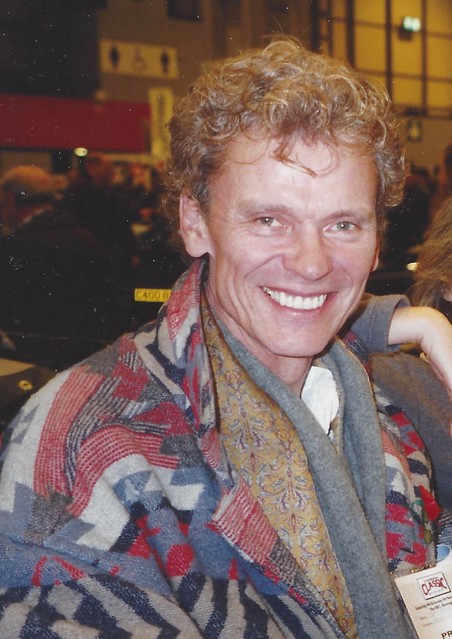First of all, New Year greetings to all those who read and enjoy “Friday Fix”.
It is always good to hear from you and to have any suggestions about what we might cover in the coming year. And if you have any stories of your own please send them to [email protected] For one thing we have four months before the 2022 Championship gets underway at Silverstone, so there will be plenty of reading time – unless, that is, your latest racing project is running late and demands every free waking hour!
There are plenty of exceptions to the long wait of course, and Formula One is a prime example. After the shambles that ended the season in Abu Dhabi, I am sure that everyone will be keen to arrive in Barcelona for the first pre-season tests with a clean sheet plus new cars, driver changes and a raft of new regulations to adapt to.
ABU DHABI TEST FOR BOTTAS AND ZHOU
It was a shame that the long standing Alfa pairing of Kimi Raikkonen and Antonio Giovanazzi didn’t have something to celebrate after their final race together in Abu Dhabi. It was perhaps typical of a season after which team principal Fred Vasseur commented that the Alfa C41 had performed better generally than its predecessor but that (point scoring) results were poor. However, there was not much time to ponder on this as two days later a test session started on the same circuit with two aims – a day for new F1 drivers and another for cars fitted with Pirelli’s new 18” wheels and rubber which will be used in 2022. Guanyu Xhou took the wheel for the first day while Bottas tested the new tyres on the second with a “mule” C39.
However, it is possible that the Alfa team for 2022 may not end up as currently formed. Much may depend on the outcome of the FIA enquiry into what happened at the final 2021 race and whether it satisfies Lewis Hamilton. If not, he could decide to walk away from F1, in which case Mercedes might try to “buy” Bottas back from Alfa to join George Russell in the Mercedes team. This would leave Alfa looking for a replacement which could always be Giovanazzi who has been kept in the family by Ferrari as their reserve driver, sharing the role with Mick Schumacher – a tangled web!
REVISED DATES FOR CLASSIC ALFA SERIES IN 2022
Just before Christmas we received a revised list of dates from Julius Thurgood for the 2022 Classic Alfa series. Donington, which originally clashed with our opening races at Silverstone, has now been replaced by an all HRDC meeting at Mallory Park on May 15th. So we now have no clashes, apart from all being together for Festival Italia at Brands Hatch on August 14th. Apart from Mallory, Snetterton has been added to the list, the first time that HRDC has been there for a while.
The full Classic Alfa list is now as follows –
- Sunday, May 15th – Mallory Park
- Sat/Sun, June 11th/12th – Thruxton
- Sunday, July 4th – Lydden Hill
- Sat/Sun, July 16th/17th – Snetterton
- Sunday, August 14th – Brands Hatch (Festival Italia)
- Bank Holiday Monday, August 29th – Castle Combe
- Sat/Sun, October 28th/29th – Silverstone GP
With the Alfa Romeo Championship visiting Anglesey, Croft, Cadwell, Oulton Park and Silverstone, as well as Brands Hatch, non-competing Alfa enthusiasts could have a wonderful year travelling around the country to watch their favourite marque in action – covid permitting of course. And not forgetting such things as the ever escalating price of fuel! Although some of the dates are shown as two days, it is likely that the Classic Alfa race (s) will be on only one, so check nearer the time.
MORE 2011 CHAMPIONSHIP PICTURES
Following on from the pictures from 2011 that appeared in FF115, we have a further selection which we hope you will enjoy –
“NEL CUORE DELL’ ALFA” THE GIUSEPPE BUSSO STORY
The inclusion of a V6 class in the 2022 Alfa Championship regulations has produced references to engine designer Giuseppe Busso and the various versions of his power unit which have produced so much success for Alfa since it was introduced in April 1979. But who was Busso and where does he stand in the list of great Alfa Romeo engineers and designers? Well, the answer to that is pretty high, although his name does not perhaps carry the same prestige in the outside world as Merosi, Jano, Ricart and Satta. However, I was lucky enough to find a copy of his autobiography, “Nell Cuore dell’Alfa” published in 2005, which fills in all the gaps. The text is in Italian which meant constant reference to a dictionary but the way it is laid out chronologically gives a very clear time-line for each of the projects in which Busso was involved – and there were many!
Giuseppe Busso was born in Turin in April 1913 and after deciding not to follow his mother and brothers into the family flower growing business he was able to enjoy a three year course that produced a diploma in matters relating to mechanical engineering. This was followed by National Service and then, in 1937, a job with Fiat which started in the busy aircraft engine department (remember that Italy was then supporting Franco in the Spanish Civil War) before moving to work on experimental trains. In 1939 Busso was sought out by Alfa Romeo to work alongside chief designer Wilfredo Ricart on numerous special projects which would include a 28 litre supercharged radial aircraft engine and the rear engined 512 flat twelve prototype Grand Prix car that, if WW2 had not come along would probably have been developed for racing in the 1940’s. Busso seemed to get on well with Ricart, unlike Enzo Ferrari, but did not have much time for Vittorio Jano. However, it was with Orazio Satta, the father of the postwar mass production Alfa road car era that he would work most closely.
Alfa’s design department was moved from Milan to the Hotel Belvedere beside Lake Orta as the war became more ugly for Italy and Busso was not in Milan when the Portello plant was virtually destroyed by allied bombing in 1944. When the war ended and plans were laid to rebuild Portello, Alfa suffered a major blow when its president, Ugo Gobbato, was gunned down in the street. Busso, who had known Enzo Ferrari since his days at Alfa Corse was invited to move to Modena to become Ferrari’s technical chief and to help develop the V12 engine that was to power the first Ferrari cars. Two years later, Satta asked him to return to Alfa and this is where his great contribution to the history of Alfa Romeo road cars really began with the 1900. On 7th January 1948 Busso arrived back at Portello to be greeted by many of his old friends including his chief draughtsman, Edo Massoni, who would lay out the detailed blueprints of so many Satta/.Busso projects. These would include the 1900, the Matta jeep, Giulietta and Giulia, running through to the Alfetta and finally the Alfa 6. He was also involved in the design of the Alfasud. Interesting, as well, was the prototype of a small, four door car, designated the type 103. This was inspired by the Renault R8 (Alfa had close relations with Renault in the 50’s and 60’s) and was to have a new 896cc 4 cylinder engine. Satta then decided that it would need a larger capacity engine to meet Italian market requirements and production was finally abandoned in favour of the more politically acceptable Alfasud. Two examples of the 103 were built and one can be seen in the Alfa Museum at Arese today.
On his return to Alfa, Busso had become involved in the continuing development of the super-successful 158 and 159, and he can be found in many of the teasm photographs of that period, including at Silverstone in 1950 for the first World Championship event of the post war period . It was in 1949 that Busso designed his first V6 engine which may well have influenced his thinking when the time came to build a new power plant for the Alfa 6. It is not clear what car the engine was intended for but it was built and bench tested, Busso’s influence was felt in many of Alfa’s competition projects, including the weird single seater type 160 – a stretched 159 with driver sitting behind the rear axle – that was due to be fitted with a 2 litre flat 12 engine for the 1952/53 World Championship but never raced. The 3000CM 6 cylinder race car would follow one car finishing 2nd in the 1953 Mille Miglia but all three entries failing at Le Mans.
The arrival of Autodelta as the competition arm of Alfa Romeo was always looked upon by Busso as something of a insult to Alfa’s own design and development department. Nonetheless, the V8 engine used in the Montreal road car and then the 33 came from his drawing board and he was able to watch its development through various versions as it powered World Sportscar Championship race winners.
Busso was always proud of the change in design philosophy that produced the Alfetta but the death of Orazio Satta in 1974 brought a change to Alfa and the way various departments were organised and worked that left him somewhat disillusioned. In particular production of the Alfa 6 had been much delayed and a disillusioned Busso decided to retire in 1977, two years before the car hit the market. By then, with its 2.5 litre V6 carburettor fed engine, three speed autmatic transmission (with optional ZF 5 speed manual gearbox) and to many eyes a rather heavy looking body, the car was years late and did not gain many plaudits from motoring journalists. Had it been a 3 litre fuel injected model, it might have been different! Nonetheless, it wasn’t long before the GTV6 appeared and it must have been in Busso’s plans before his retirement and he would surely have been pleased to see what a success this car was and how the engine would take so many race and championship wins worldwide, and is so much a focus for our own activities today.
There is amazing detail in Giuseppe Busso’s autobiography (he died aged 93 in 2006) that it would be nice to think that it might be carefully translated and re-published in an English language version. A last word from the dictionary – “Cuore” can be used to describe a “love affair”. This aptly describes Busso and Alfa Romeo.
FRENCH ALFA ROMEO TRACTOR MYSTERY


Going through some old files during the Christmas period, I came across a copy of a sales brochure which at some time or another had accompanied an issue of the Alfa Romeo Club de France’s magazine. It was for an “Alfa Romeo Tracteur Agricole” being offered by the Societe Anonyme Francaise Alfa Romeo based in Levallois (Paris) Now we are familiar with the Romeo tractor that is in the Museum at Arese. 500 of these had been imported from the Titan company (part of the International Harvester Group) by Nicola Romeo and carried his “NR” logo. Googling Titan tractors brings up pictures of their 10-20 model which was sold in large numbers and is undoubtedly the same model as that kept in the Alfa Museum. They were being made between 1915 and 1922. However, the picture on the French brochure shows a different, and I would guess later, model which was sold as an Alfa Romeo. Do we have a tractor buff amongst our readers who has any more information?
TONY DRON – 1946 – 2021
I was saddened to hear of the death Tony Dron, motoring journalist and very successful racing driver over some 50 years, being particularly successful in Touring Cars and Historic racing. He used to live in Linton for a while, before moving to the next village, and I would bump into him from time to time for an amusing exchange of reminiscences before going on our respective ways. However, in all the obituaries I have read, his brief connection with Alfa Romeo seems to have been overlooked, perhaps because it wasn’t very successful! However, he was part of a two car team entered by Roger Clark Cars for the 1975 British Saloon Car Championship and for which Roger’s brother Stan was the other driver. It was a year dominated in the Win Percy’s Toyota Celica. More memorable was the battle for supremacy in the 1300 class of the Avon/Motor Tour of Britain that year that year between Tony in a Fiat 128 coupe and Jon Dooley in his Alfasud Ti. After three days of fierce competition, Tony eventually won by a mere 7” in an event that encompassed rally special stages and race circuits all over the country. Later Tony would excel in the Touring Car Championship with a works Triumph Dolomite Sprint and his more recent drives in Ferraris at Goodwood and elsewhere are fondly remembered. He will be much missed.
DOUBLE POSTSCRIPT
A double Postscript to start the year – firstly another in our “sort out the puzzle” pictures – this one of Jonathan Wright with a 75 wiring loom.

The second picture should serve as a reminder to everyone to make sure that all their equipment is in-date. This picture was taken at a Goodwood Practice Day many years ago when the scrutineers had a field day confiscating out of date helmets!

Michael Lindsay
Tel: 01223-891219
E-mail: [email protected]







